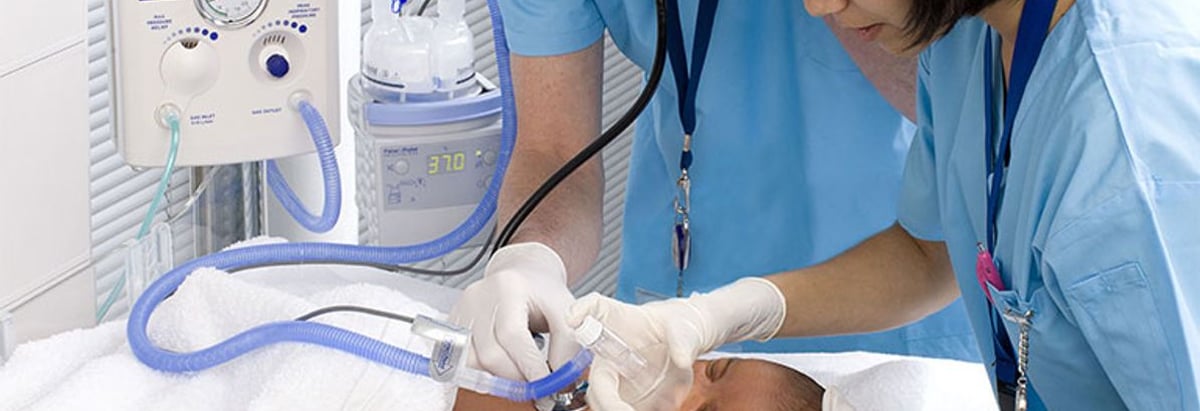Stock Analysis
- New Zealand
- /
- Medical Equipment
- /
- NZSE:FPH
The Returns On Capital At Fisher & Paykel Healthcare (NZSE:FPH) Don't Inspire Confidence

If we want to find a potential multi-bagger, often there are underlying trends that can provide clues. Typically, we'll want to notice a trend of growing return on capital employed (ROCE) and alongside that, an expanding base of capital employed. Basically this means that a company has profitable initiatives that it can continue to reinvest in, which is a trait of a compounding machine. In light of that, when we looked at Fisher & Paykel Healthcare (NZSE:FPH) and its ROCE trend, we weren't exactly thrilled.
Understanding Return On Capital Employed (ROCE)
For those who don't know, ROCE is a measure of a company's yearly pre-tax profit (its return), relative to the capital employed in the business. Analysts use this formula to calculate it for Fisher & Paykel Healthcare:
Return on Capital Employed = Earnings Before Interest and Tax (EBIT) ÷ (Total Assets - Current Liabilities)
0.19 = NZ$353m ÷ (NZ$2.3b - NZ$385m) (Based on the trailing twelve months to March 2024).
Thus, Fisher & Paykel Healthcare has an ROCE of 19%. On its own, that's a standard return, however it's much better than the 9.5% generated by the Medical Equipment industry.
Check out our latest analysis for Fisher & Paykel Healthcare
Above you can see how the current ROCE for Fisher & Paykel Healthcare compares to its prior returns on capital, but there's only so much you can tell from the past. If you're interested, you can view the analysts predictions in our free analyst report for Fisher & Paykel Healthcare .
The Trend Of ROCE
When we looked at the ROCE trend at Fisher & Paykel Healthcare, we didn't gain much confidence. Around five years ago the returns on capital were 31%, but since then they've fallen to 19%. Although, given both revenue and the amount of assets employed in the business have increased, it could suggest the company is investing in growth, and the extra capital has led to a short-term reduction in ROCE. And if the increased capital generates additional returns, the business, and thus shareholders, will benefit in the long run.
In Conclusion...
In summary, despite lower returns in the short term, we're encouraged to see that Fisher & Paykel Healthcare is reinvesting for growth and has higher sales as a result. And the stock has done incredibly well with a 105% return over the last five years, so long term investors are no doubt ecstatic with that result. So while the underlying trends could already be accounted for by investors, we still think this stock is worth looking into further.
One more thing to note, we've identified 3 warning signs with Fisher & Paykel Healthcare and understanding these should be part of your investment process.
While Fisher & Paykel Healthcare isn't earning the highest return, check out this free list of companies that are earning high returns on equity with solid balance sheets.
New: AI Stock Screener & Alerts
Our new AI Stock Screener scans the market every day to uncover opportunities.
• Dividend Powerhouses (3%+ Yield)
• Undervalued Small Caps with Insider Buying
• High growth Tech and AI Companies
Or build your own from over 50 metrics.
Have feedback on this article? Concerned about the content? Get in touch with us directly. Alternatively, email editorial-team (at) simplywallst.com.
This article by Simply Wall St is general in nature. We provide commentary based on historical data and analyst forecasts only using an unbiased methodology and our articles are not intended to be financial advice. It does not constitute a recommendation to buy or sell any stock, and does not take account of your objectives, or your financial situation. We aim to bring you long-term focused analysis driven by fundamental data. Note that our analysis may not factor in the latest price-sensitive company announcements or qualitative material. Simply Wall St has no position in any stocks mentioned.
About NZSE:FPH
Fisher & Paykel Healthcare
Designs, manufactures, markets, and sells medical device products and systems in North America, Europe, the Asia Pacific, and internationally.


